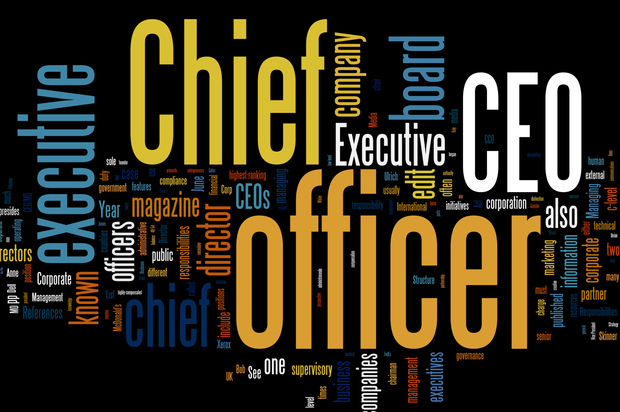For most IT teams, 2020 was focused on stability. 2021 is about the feasibility and maintaining the performance improvements that emerged during the pandemic.
IT leaders are wondering, “How do we repeat what we did last year? Something that usually took nine to 12 months we completed in 23 days “because we didn’t shoot for perfection.” The big question now is, how will you feel comfortable if you aren’t perfect in the future? “
These IT leaders describe how they have built high-performing IT teams for the long term from the chaos of 2020.
Shorter and faster communication structures are likely to continue after seeing the benefits during the pandemic.
After a year of working together through Zoom, Teams, and Meet, “IT managers will need to be extraordinarily purposeful when onboarding new employees” if they want to continue to perform well,
One study shows that while productivity can be high when working remotely, engagement still suffers. Only 11% of employees surveyed felt more productive and involved in remote work than in office work. These positive respondents were typically higher within a company, had previous remote experience, and were generally more tech-savvy.
About 35% of workers surveyed said they felt more productive but out of engagement, and stated that they struggled with anxiety, felt out of focus, and lacked alignment with their work team. About 55% said they were both less productive and less involved in working from home.
“We’ve proven that we can work remotely, and it works,” but it worked for us because we had already built relationships. When new people arrive, it is difficult to build those relationships digitally. I think we’ll continue, but with a more diverse collaboration method. “



